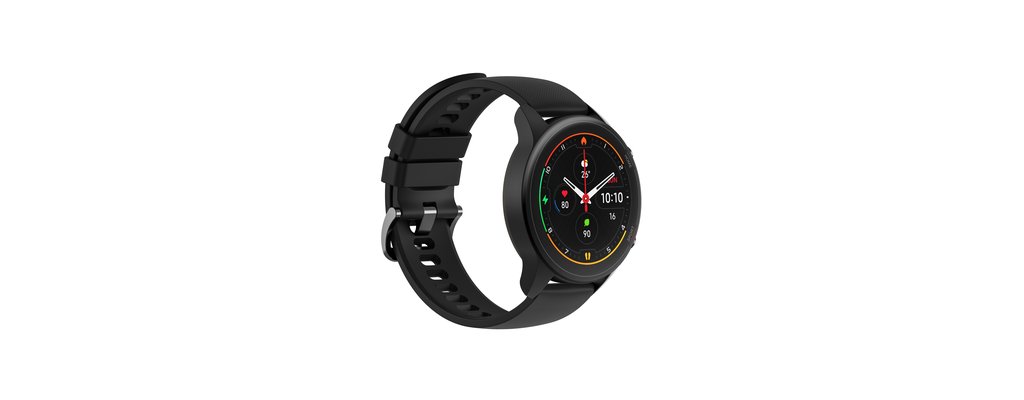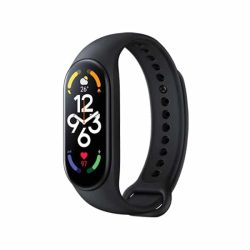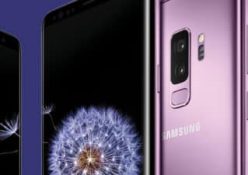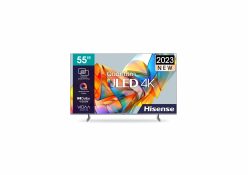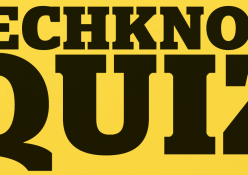TECH BUYER’S GUIDE, December 2023 – Best health trackers tested and compared on sound, price and build quality by the experts at Tech Magazine
PHONES | HEADPHONES | LAPTOPS | TABLETS | HEALTH TRACKERS | WIRELESS SPEAKERS | GAMING | TVS | ACCESSORIES | STREAMING | MOUSES | GAMING MOUSES
1. Garmin Venu 2
Our top tracker combines tons of detailed, accurate workout data with useful smartwatch functions in a cool, office-friendly design. We especially like the improved Body Battery function, which helps you balance rest and play. R7 800
2. Xiaomi Mi Watch
With a very cool design, large, colourful screen, solid tracking data (with GPS) and excellent battery life, this watch is a winner. Consider that it costs half as much as most competitors, and you can see why Xiaomi is now the industry leader in wearables. R2 300
3. Huawei Watch GT2e
This update to the excellent GT2 has the same extraordinary two weeks of battery life with full GPS support, but it’s more sport focused, with VO₂ max and SPO₂. It’s also a more streamlined shape, and has 4 GB of music storage on board. R3 500
5. Huawei Band 6
Our favourite budget tracker doesn’t have built-in GPS, but the bright, sharp colour screen is a treat, and you are getting SPO₂ and stress metrics in the mix. Great build quality at a fantastic price. R1 700
BUYING GUIDE
How to buy a health tracker
Activity trackers all track your heart rate, your steps and your sleep and include basic stuff such as stopwatch and timer functions, but only serious sports watches have more advanced features such as GPS or real time coaching to improve your performance. Many features are simply useless bloatware but others are essential in order to track your activities accurately.
HEART-RATE SENSOR: Activity trackers have optical sensors – as opposed to the electrode pad and transmitter found in chest heart-rate monitors – and, by now, most big brands use sophisticated algorithms and precise sensors that provide accurate enough readings to give you a really good idea of your heart’s performance.
INTEGRATED GPS: Getting a watch with a built-in GPS chip means you can do outdoor activities where pace, distance and cadence are tracked. Budget trackers often use ‘connected GPS’, which means they use their connection to the GPS on your phone to produce accurate distance measurements. When activated for a workout, the GPS impacts heavily on battery life. If you’re using your band mostly for indoor training like gym, treadmill running or weights then you might not need GPS.
SENSORS: Some trackers have sensors to measure changes in altitude over distance, so you can see how many steep hills you climbed. Other sensors that you might need and are often included in decent trackers are barometers to measure air pressure (and elevation), a digital compass, gyroscope, accelerometer and thermometer. Some watches even have a blood oxygen saturation sensor (SP02), which is a high-end feature that shot to prominence during the height of the pandemic.
OTHER FEATURES: Smart notifications display messages from your phone on your watch. This might include caller ID for incoming calls, appointment reminders and alarms, social-media alerts and incoming text messages and emails. You can also choose from a variety of watch faces that display more or less of your key data. All trackers are sweat-proof and can be rinsed under a tap, but only a few can be fully submerged for water sports such as swimming or surfing.


